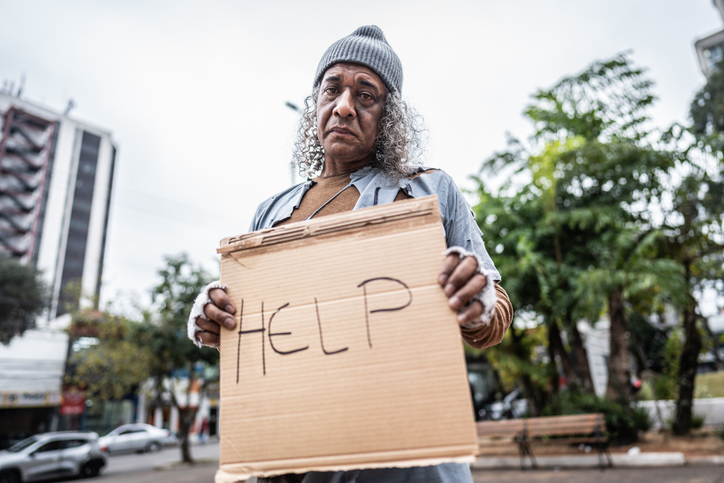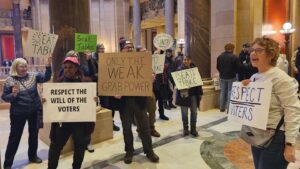Efforts Underway to Address Inequities in Homelessness Assistance
In a bid to address systemic inequities in homelessness assistance, states are re-evaluating the tools used to assess vulnerability among individuals experiencing homelessness. With the introduction of vulnerability surveys in 2009, designed to prioritize those in need of housing assistance, the system has been criticized for inadvertently disadvantaging Black homeless populations.
The Vulnerability Index – Service Prioritization Decision Assistance Tool (VI-SPDAT) is the most commonly utilized survey to determine eligibility for housing aid. This tool incorporates various personal queries, including past interactions with law enforcement and issues related to mental health and substance use. However, experts suggest that the tool may unintentionally perpetuate racial disparities.
Critiques have emerged, arguing that the VI-SPDAT favors white individuals in the prioritization process. The scoring system emphasizes healthcare usage and trust in institutional systems, factors more prevalent among white populations. According to a 2019 CES assessment report, white individuals are often prioritized for permanent housing over Black, Indigenous, and People of Color (BIPOC), highlighting racial biases embedded within the sub-scales of the survey.
“It’s racist in a systemic way,” commented Marc Dones, a policy director at the University of California-San Francisco, to California Healthline. “If you’re a white person, the more likely you are to rank higher than if you’re a Black person, so you’re more likely to get selected for housing.”
Origins of the Assessment Tool
The VI-SPDAT was initially tested in Boston, where the homeless demographic was predominantly white, male, and affected by severe mental health or substance use issues. Conversely, Black individuals often face homelessness due to economic challenges such as poverty and unemployment. This disparity in circumstances has resulted in a tool that inadvertently benefits white individuals with chronic health issues who frequently access healthcare services.
Structural racism plays a significant role in the overrepresentation of minority groups in homelessness statistics. African Americans, in particular, are disproportionately affected, making up a significant portion of the homeless population compared to their representation in the general population.
Steps Toward Change
Efforts to revise the vulnerability assessment process are underway in various states. For instance, Los Angeles is exploring the use of artificial intelligence to refine the evaluation process, taking into account systemic factors like over-policing and healthcare discrimination. Las Vegas is modifying the assessment to better account for issues such as incarceration, while Austin, Texas, is testing a system that considers the impact of gentrification.
SEE ALSO:
Housing Injustice: How Criminalizing People Experiencing Homelessness Doesn’t Solve The Problem
San Francisco Man Defends Spraying Homeless Woman With Water Hose In Viral Video






